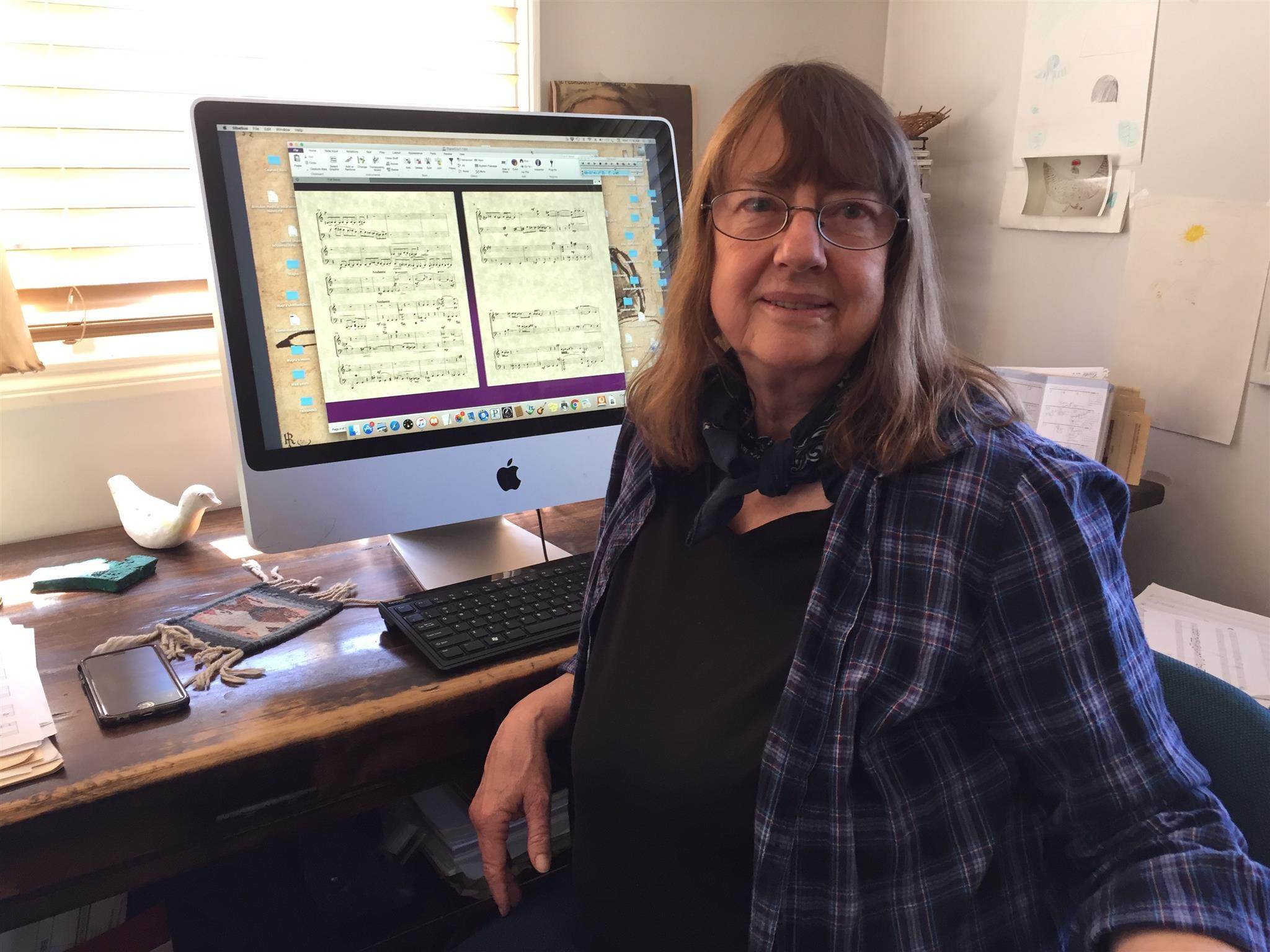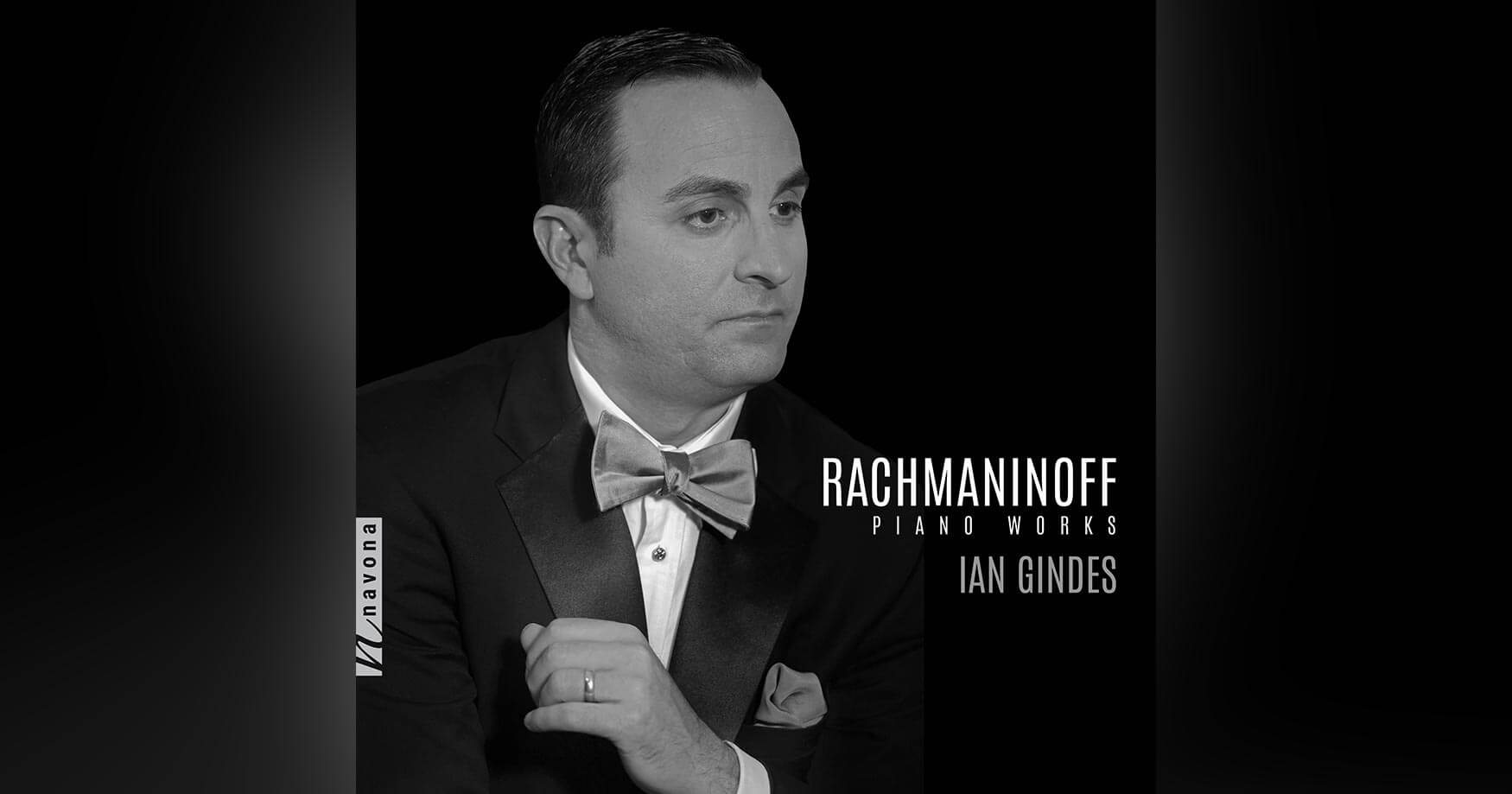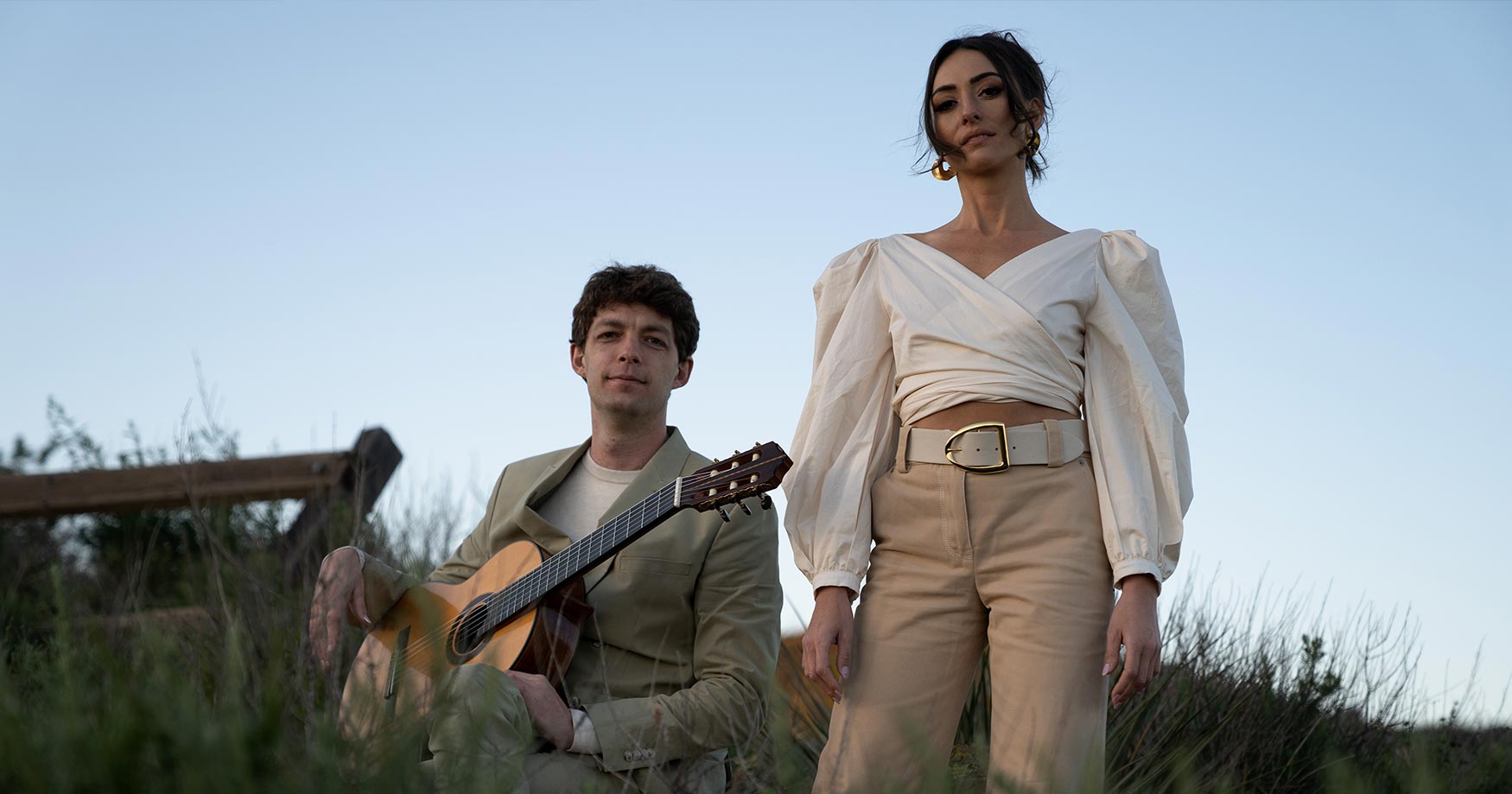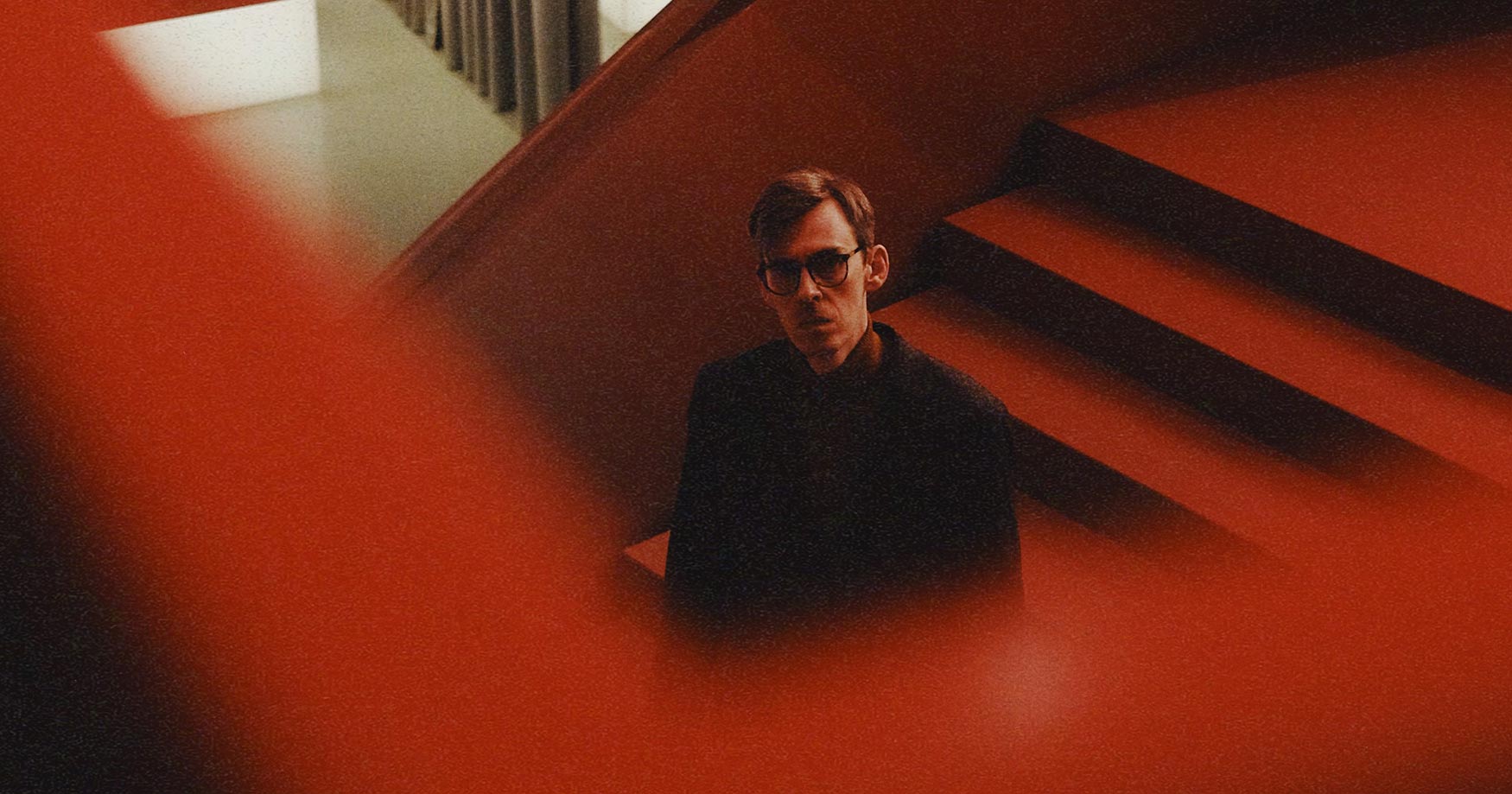Regarding her approach to composing, Joanne D. Carey says, “Music is for me an alternate reality. It is an inner world, possibly a ‘magic’ world; it is also play as in playing, or playful or a ‘play’ that is put on. When I am creating some new music, the thrust of my energy revolves around expression and play.”
Today, Joanne is our featured artist in “The Inside Story,” a blog series exploring the inner workings and personalities of our artists. Read on to learn about the “radio-baton”…
Who were your favorite composers growing up?
The first composer I was aware of was Beethoven, because my mother used to play the Moonlight Sonata on the piano. When I could barely reach the keyboard, I played a minor triad and it immediately brought the tune to mind. That was my first love, although I enjoyed lots of music that I was exposed to, including folk songs and kids songs.
As I became older and learned piano, I loved playing Chopin and Rachmaninoff. The Romantics drew me in, I couldn’t get enough of them. Later, Bach and Beethoven took over, overwhelming me with their incredible musical minds. My musical tastes eventually expanded in many directions. I love lieder, from Brahms and Schubert to Samuel Barber and Charles Ives. Other genres that I dip in and out of are flamenco, Latin music, jazz piano (esp. Dave Brubeck and John Lewis), indigenous South American music, as well as lots of choral music.
What is your guilty pleasure?
I enjoy distracting myself with eclectic reading. This usually starts first thing in the morning when I check out the daily offerings of Aeon Magazine, an internet publication, on my iPhone. They publish two essays and one video every day. The topics include philosophy, psycholgy, anthropology, consciousness and the mind, archtecture, the cosmos, and the arts. Their videos might be artistic or informative and often include creative animations.
I also love to read a variety of journals and books, particularly 19th and 20th century novels and poetry. All of these can be time consuming and keep me from my more productive tasks, like writing music. This nebulous search to understand our humanity is an ongoing pass-time, usually indulged at night before sleeping, but it also fills out the corners of my day.
What are three things you can’t live without?
Coffee, a good piano and trees. I can’t imagine living anywhere without trees.
When did you realize you wanted to be an artist/composer/creator?
When I was growing up, my interests were divided between art and music . I came late to composing but I was always creatively inclined, first with visual arts. My mother was a commercial artist and her uncle was a sculptor, so we were always visiting art museums and galleries. I started college as an art major, later changing it to music as a piano major.
My piano instructor at the time, Aiko Onishi, was exceptionally demanding, sending me off in tears some days, but I learned a great deal about music and piano technique from her. The general music curriculum at San Jose State University included composing assignments. It was through these creative assignments that I discovered my passion for composing, an activity that would keep me busy for a lifetime. With the encouragement of my professors, I went on to earn my BA and MA in composition. After graduating, an opportunity to be involved with the Center for Computer Research in Music and Acoustics (CCRMA) at Stanford had a major influence on the direction of my musical energies, with frequent overlapping of instrumental and electronic/computer music via the radio-baton. The radio-baton is an electronic controller invented by Max Mathews that can play a score in real-time, adding dynamic, rhythmic and tempo changes with the batons during a performance.
What was your most unusual performance?
My most unusual performance took place at the Center for Computer Research in Music and Acoustics (CCRMA), Stanford University, where I was trying out my very first piece for the radio-baton. I happened to be there with Max in his lab when Gyorgy Ligetti came through on a tour of CCRMA. He was curious about the radio-baton and finding that I had just finished a piece for it, he requested to hear it. When I protested that it was an elaborate song that had not yet been rehearsed, he asked to hear it in a few days. When my soprano declined the opportunity of presenting this ‘premier’, I took it upon myself to learn to sing and play my new piece.
When the day arrived, I warned Mr. Ligetti and his lovely assistant that I was not a trained singer and the very high notes would have to be sung an octave lower. While he didn’t mind this, I worried that my flamenco-inspired tonalities might not appeal to him. Quite nervously, I charged ahead.
About half way through, during a pause, Mr. Ligetti said, “Oh I see, it’s in phrygian!” At that point, he seemed to have heard enough, but I was determined to go on. With a promise of “the prettiest part” coming up, I finished the song, much of it an octave lower than written. Afterward, he thanked me for my efforts and we chatted a bit about flamenco.
If you could do any job in the world and make a living at it, what would that be?
I would have loved to be a piano accompanist or, if I could play a string instrument, to be a member of a chamber music ensemble.
What was your favorite musical moment on the album?
My contribution to MOTO BELLO, featuring the wonderful Trio Casals, is a short but dramatic piano trio titled Solo la Sombra. I was thrilled to hear Trio Casals play the piece for the first time. I was absolutely taken with the elegance of their playing, combined with their expressive grasp of the emotional twists and turns of the work. My favorite musical moments include the opening cello-piano lento and the transformation of this material in the last section. Both are exquisitely realized by the Trio in this recording.
What does this album mean to you personally?
I feel honored to be part of the MOTO BELLO cast and to hear my piece played with great sensitivity by Trio Casals in Carnegie’s Weill Hall.
This piano trio is a transformation and refinement of a song whose text, by Chilean poet Pablo Neruda, resonates with events of my life. Even the discovery of the poem fragments that were set conjures special memories for me. Whether as a song or a piano trio, this piece tells a story.
Is there a specific feeling you want people to have listening to your work?
I would be surprised if the opening and concluding sections of my piano trio did not call up feelings associated with memories, of yearning and loss. It is a melancholy piece. The middle section offers a contrast of bouncy forwardness, chipper and almost happy. While I don’t wish my hearers to be unhappy, if they feel the music and it resonates with them, I am satisfied that I have succeeded. In addition to the emotional landscape of the piece, or in spite of it, it would be gratifying if listeners found it to be musically interesting and would like to hear it more than once.

MOTO BELLO is now available through Navona Records for streaming or purchase. Click here to explore this new album.



